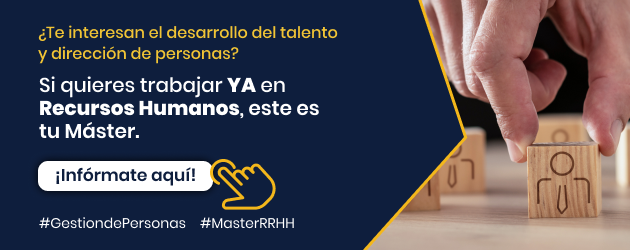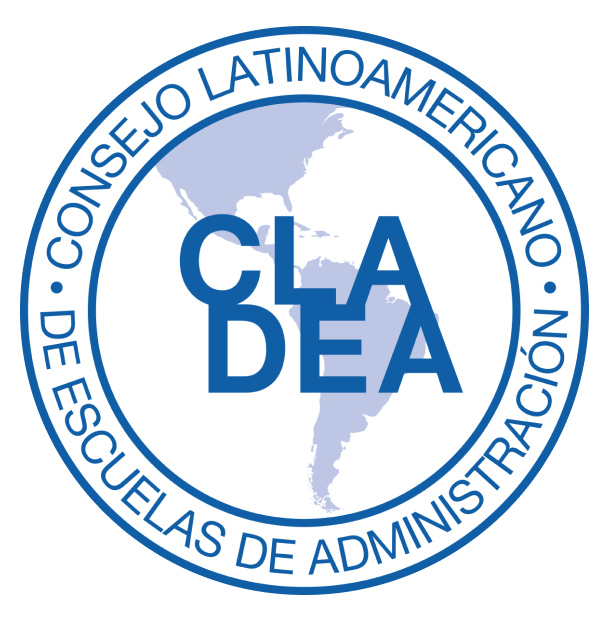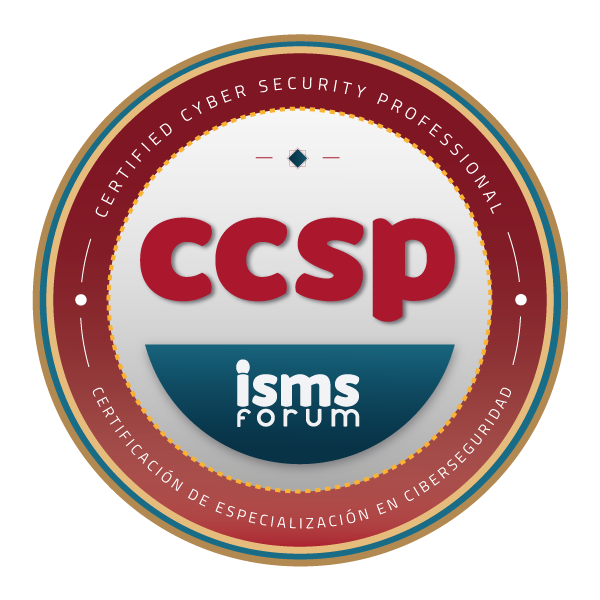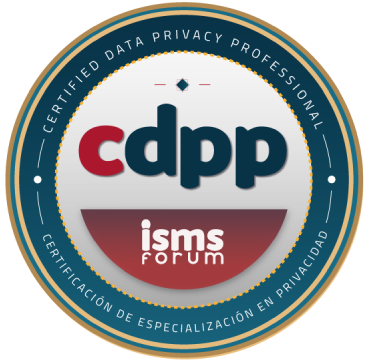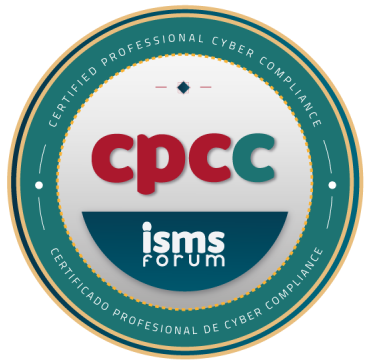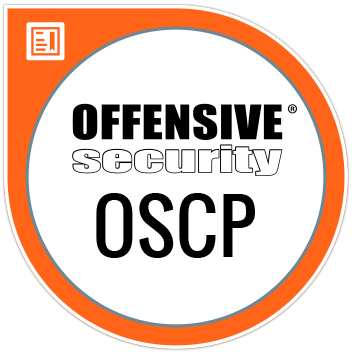How gamification in Human Resources transforms the work environment and motivates teams.
Gamification has become a powerful tool for improving employee engagement and productivity in the dynamic world of Human Resources. This technique, which applies game elements and dynamics to non-game contexts, is revolutionizing the way companies manage their staff and optimize their resources. In this article, we'll explore the benefits of gamification and learn how to effectively implement it in an organization.
What is gamification in Human Resources?
Gamification in Human Resources involves the use of game mechanics to motivate and engage employees in work-related activities. These elements can include points, leaderboards, rewards, and challenges that make daily tasks more engaging and stimulating. Using gamification as a tool to improve processes during key moments when there is evidence of peak production or motivation drops can help improve the overall organizational climate, for example, during the summer season.
What are the benefits of gamification in the workplace?
1. Increased engagement:
Gamification turns routine tasks into engaging activities, increasing employee motivation and engagement. According to a publication in LinkedinIn a Gallup study, engaged employees are 21% more productive than those who are not.
2. Improved productivity:
By making tasks more engaging, gamification can reduce boredom and increase efficiency. Gartner report predicts that by 2025, more than 70% of global organizations will have implemented at least one gamified application.
3. Skill development:
Games can be designed to develop specific skills. For example, simulators can help staff improve their technical or decision-making skills in a safe and controlled environment.
4. Promoting collaboration:
Gamification can encourage teamwork through group challenges and collective rewards, which strengthens team cohesion and improves communication.
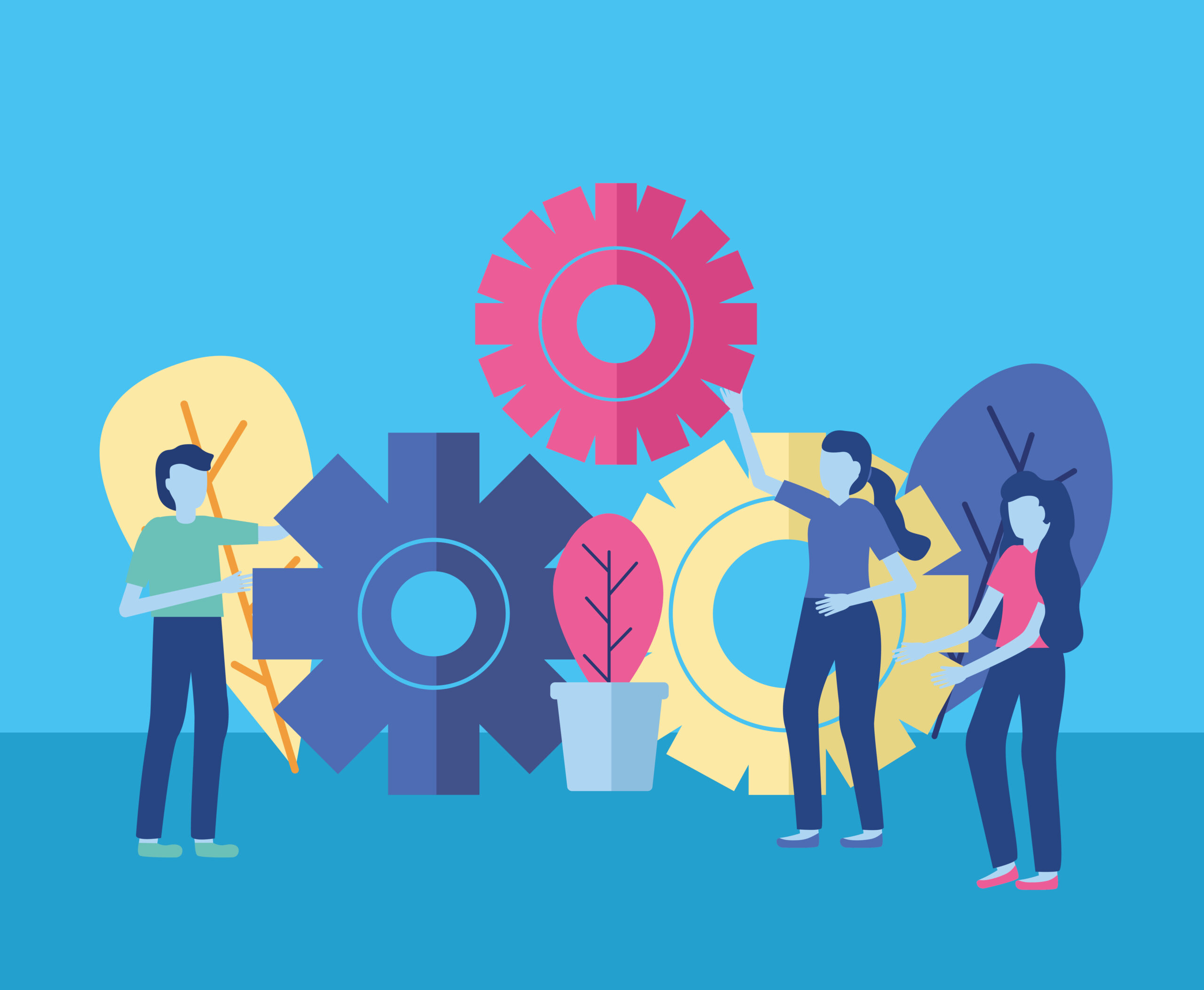
Implementation of gamification in Human Resources
1. Identification of clear objectives:
Before implementing gamification, it's crucial to identify the goals you want to achieve, such as increasing engagement, improving productivity, or developing specific skills.
2. Selecting the right game mechanics:
Depending on the objectives, different game mechanics can be used. For example, leaderboards can encourage friendly competition, while point and reward systems can incentivize task completion.
3. Integration with daily activities:
Gamification should be seamlessly integrated into daily work activities. This may involve creating digital platforms that incorporate these game mechanics into task and performance management systems.
4. Measurement and adjustment:
It's important to measure the impact of gamification and adjust strategies as needed. Employee satisfaction surveys and performance indicators can provide valuable insight into the effectiveness of gamification initiatives.
A prominent example of gamification in Human Resources is the Deloitte Leadership Academy (DLA)This online learning platform uses game elements to encourage the development of leadership skills among its employees. Users earn points and achievements as they complete courses and participate in activities, which has resulted in a significant increase in participation and engagement.
Gamification in Human Resources is not just a passing trend, but an effective and proven strategy for increasing employee engagement and productivity. By integrating game elements into the workplace, organizations can create a more dynamic and motivating environment, fostering both the personal and professional development of their employees. Therefore, adopting gamification can be the key to differentiating your company in an increasingly competitive market, improving team satisfaction and performance.
Learn more about Human Resources in our blog
Nestor Cruz del Rosario


